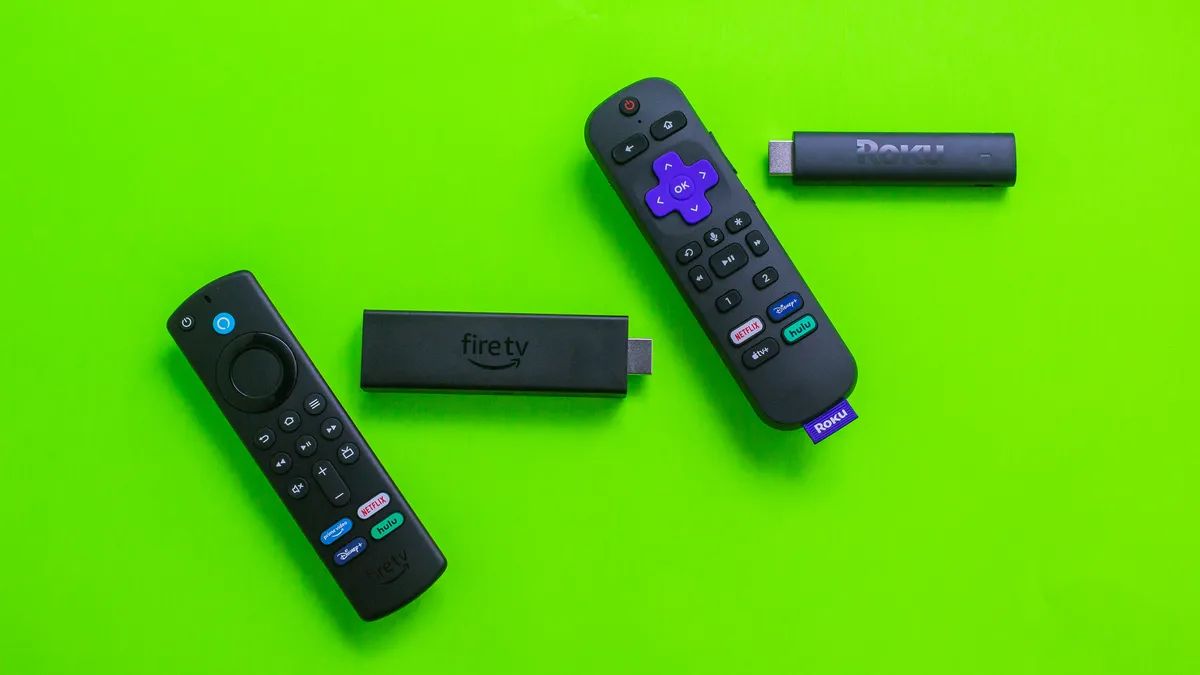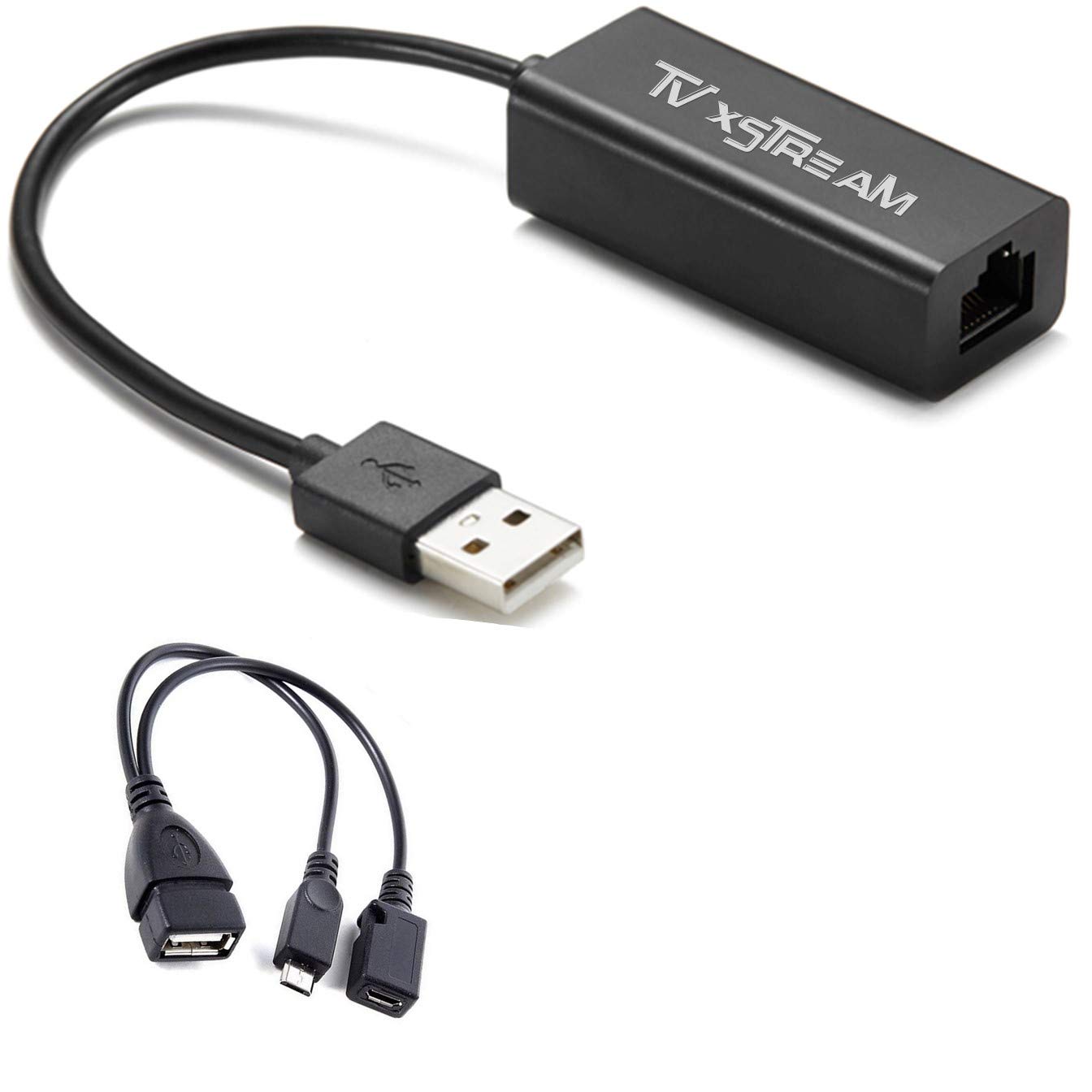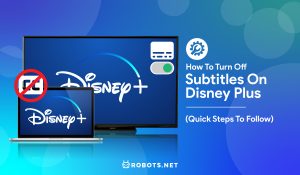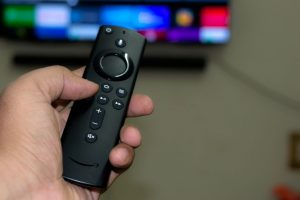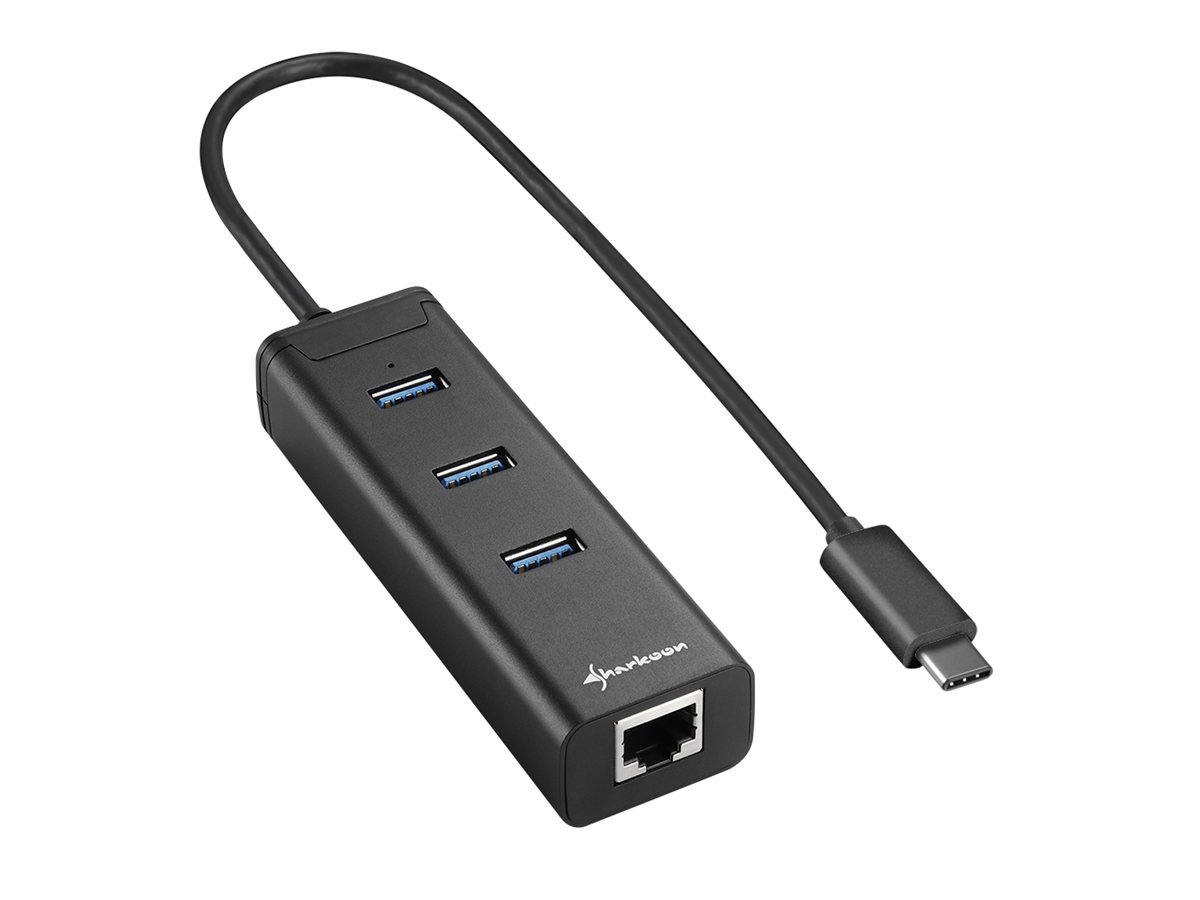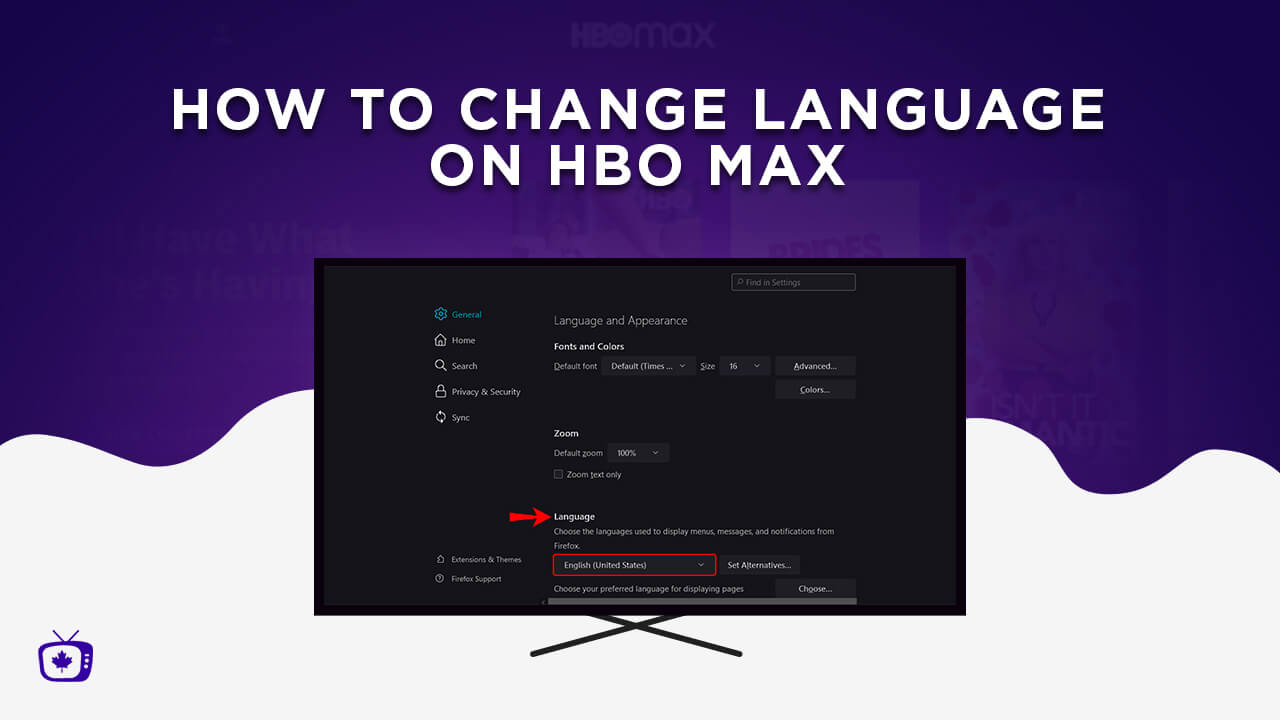Introduction
When it comes to streaming devices, two of the most popular options on the market are the Amazon Firestick and the Roku. These devices allow users to access a wide range of streaming services and enjoy their favorite movies, TV shows, and more right on their television screens.
The Firestick, developed by Amazon, and Roku, developed by Roku Inc., both offer a variety of features and benefits. In this article, we will compare and contrast the Firestick and Roku to help you determine which device may be the better choice for your streaming needs.
With the increasing popularity of streaming services like Netflix, Hulu, and Amazon Prime Video, having a reliable and user-friendly streaming device is essential for a seamless viewing experience. Both the Firestick and Roku have gained a reputation for being easy to use and offering a multitude of streaming options. However, there are some key differences between the two that may make one better suited to your needs than the other.
Throughout this article, we will delve into various aspects of both devices, including their user interfaces, content selection and availability, streaming quality, remote control functionality, and additional features. We will also consider the price and value of each device to help you make an informed decision.
By comparing the Firestick and Roku head-to-head, you’ll be equipped with the knowledge needed to choose the streaming device that best fits your preferences and viewing habits. Whether you’re a casual viewer or a dedicated binge-watcher, read on to find out which device comes out on top.
Overview of Firestick and Roku
The Amazon Firestick and Roku devices are both streaming media players that connect to your television, allowing you to access a wide range of streaming content. They offer similar functionality, but with some notable differences.
The Firestick is a small device that plugs into the HDMI port of your TV. It is powered by Amazon’s Fire OS, a modified version of Android, and offers seamless integration with Amazon’s ecosystem of services, including Prime Video, Prime Music, and Alexa voice control.
Roku, on the other hand, is a standalone streaming device that runs on the Roku OS. It supports multiple streaming services, including Netflix, Hulu, HBO Max, and Disney+, and offers a customizable home screen that allows you to organize your favorite apps and channels.
Both devices support high-definition streaming, with some models of Roku even offering 4K and HDR capabilities. This ensures that you can enjoy your favorite content in stunning detail and vibrant colors.
While the Firestick and Roku both offer similar streaming capabilities, their user interfaces and content selections differ. Understanding these distinctions is key to determining which device is a better fit for your needs.
It’s important to note that both devices require an internet connection to function properly. You can connect them to your home Wi-Fi network or use an Ethernet cable for a more stable connection.
Overall, the Firestick and Roku are popular choices for streaming media players, each with its own unique features and benefits. In the following sections, we will delve into the specific aspects of each device to help you make an informed decision.
User Interface
The user interface is a crucial aspect to consider when comparing the Firestick and Roku devices. It determines how easily you can navigate through the various menus, search for content, and access your favorite apps and channels.
The Firestick offers a user-friendly interface that is visually appealing and intuitive to navigate. The home screen is divided into different sections, such as “Home”, “Your Videos”, “Movies”, “TV Shows”, and more. This makes it easy to find and access the content you want to watch. Additionally, the Firestick supports a personalized recommendation system, suggesting movies and TV shows based on your viewing history.
Roku, on the other hand, provides a simple and straightforward interface. The home screen displays a grid-like layout with your installed channels and apps prominently displayed. You can customize the layout by rearranging the icons to prioritize your most frequently used options. Roku also offers a universal search feature that allows you to search for content across multiple streaming services, making it convenient to find what you’re looking for.
Both devices support voice control, but the implementation differs. The Firestick comes with Alexa voice remote, allowing you to search for and control content using voice commands. You can simply press the microphone button on the remote and speak your command or query. Roku, on the other hand, supports voice control through the Roku mobile app or through compatible voice assistants like Amazon Alexa and Google Assistant.
Ultimately, the user interface is a matter of personal preference. If you prefer a more visually appealing and personalized experience, the Firestick may be the better choice. If simplicity and customization options are more important to you, then Roku might be the way to go.
In the next sections, we will explore the content selection and availability, streaming quality, remote control functionality, additional features, and price and value of the Firestick and Roku devices, providing further insight to help you determine which one suits your streaming needs.
Content Selection and Availability
When it comes to streaming devices, having access to a wide range of content is essential. Both the Firestick and Roku offer a vast selection of streaming services, but there are some differences in terms of availability and variety.
The Firestick gives you access to popular streaming services like Amazon Prime Video, Netflix, Hulu, Disney+, and more. It also provides access to Amazon Music and a variety of other apps and games. One of the advantages of the Firestick is its integration with Amazon’s ecosystem, giving you seamless access to your Prime Video library, personalized recommendations, and the ability to use Alexa voice commands.
Roku, on the other hand, offers an extensive library of streaming apps and channels. It includes all the major streaming services like Netflix, Hulu, HBO Max, Disney+, and many more. Roku also has its own free and ad-supported streaming channel called the Roku Channel, which offers a variety of movies, TV shows, and live news, providing additional content options.
While both devices offer a wide range of popular streaming services, it’s important to note that some services may be exclusive to one platform or have varying availability depending on the region. For example, certain apps or channels may only be available on the Firestick or Roku, so it’s recommended to check if your preferred streaming service is supported on the device you choose.
Additionally, Roku has a unique feature called “Roku Search” which allows you to search for specific movies, TV shows, actors, or directors across multiple streaming services. This makes it easier to find content without needing to search individually in each app.
In terms of content availability, both the Firestick and Roku offer a diverse selection. However, if you already have a preferred streaming service or are looking for seamless integration with Amazon’s ecosystem, the Firestick may be the better choice. On the other hand, if you value the ability to search across multiple services or prefer a wider range of free content options, Roku might be more suitable.
In the next sections, we will discuss the streaming quality, remote control functionality, additional features, and price and value of the Firestick and Roku devices, providing a comprehensive comparison to help you make an informed decision.
Streaming Quality
When it comes to streaming devices, the quality of the streaming experience is paramount. Both the Firestick and Roku offer high-definition streaming capabilities, but there are some factors to consider in terms of the quality and performance.
The Firestick supports up to 1080p Full HD streaming, with some models also offering 4K Ultra HD and HDR streaming capabilities. This means that if you have a compatible TV and access to content that is available in 4K or HDR, you can enjoy a higher level of detail and enhanced colors. It’s important to note that to fully experience 4K and HDR streaming, you will need a compatible TV and a stable internet connection with sufficient bandwidth.
Roku, similarly, offers various models with support for up to 1080p Full HD and even 4K Ultra HD streaming. The specific capabilities depend on the model you choose. Roku devices also support HDR10 and Dolby Vision, providing a more immersive and vibrant viewing experience for compatible content.
In terms of streaming performance, both devices generally perform well, but it’s worth considering factors such as your internet connection speed and the reliability of your Wi-Fi network. A stable and fast internet connection is crucial for smooth streaming with minimal buffering or interruptions.
It’s worth mentioning that some users may have personal preferences or specific requirements when it comes to streaming quality. For example, if you are a cinephile or enjoy watching content in the highest resolution possible, you may prefer a device that supports 4K and HDR streaming. On the other hand, if you primarily watch content in standard definition or if you don’t own a 4K TV, the streaming quality may not be a significant deciding factor.
In the upcoming sections, we will explore the remote control functionality, additional features, price and value, and ultimately help you determine which device, Firestick or Roku, aligns more closely with your streaming needs.
Remote Control
The remote control is an essential component of any streaming device, as it allows you to navigate through menus, control playback, and access various features without having to rely on on-screen controls. Both the Firestick and Roku come with their respective remote controls, each offering unique functionalities.
The Firestick remote control features a sleek design with a minimalistic layout. It includes dedicated buttons for essential functions like navigation, playback control, volume control, and a dedicated button for voice commands through Alexa. The built-in microphone allows you to search for content, control smart home devices, and interact with Alexa’s wide range of capabilities. The recent models of the Firestick also come with additional buttons to quickly access popular streaming services like Netflix, Prime Video, Hulu, and Disney+ for added convenience.
Roku remotes, depending on the model, might have slight variations in design and features. However, they typically include navigation buttons, playback controls, volume control, and dedicated buttons to quickly launch popular streaming services like Netflix, Hulu, and Disney+. Some Roku remotes also feature a headphone jack, allowing for private listening without disturbing others in the room. Additionally, with the Roku mobile app, you can use your smartphone as a remote control for your Roku device, adding another level of control and convenience.
Both the Firestick and Roku remote controls use wireless technology, so they don’t require direct line-of-sight to operate. This gives you flexibility in terms of where you position your streaming device and allows for a seamless user experience.
Choosing between the Firestick and Roku remote control largely depends on your personal preferences and needs. If you value voice control and integration with Alexa, the Firestick remote might be the better option. On the other hand, if you prefer the convenience of a headphone jack in the remote or the ability to use your smartphone as a remote control, Roku provides those features.
In the next sections, we will discuss additional features, price and value, and provide a comprehensive comparison of the Firestick and Roku devices to help you determine which one is the best fit for your streaming needs.
Additional Features
When comparing the Firestick and Roku devices, it’s important to consider the additional features they offer beyond streaming content. These added features can enhance the overall user experience and provide extra value.
The Firestick offers a range of additional features that are tightly integrated with Amazon’s ecosystem. One notable feature is the Alexa voice assistant, which allows you to control your Firestick using voice commands. You can search for content, launch apps, adjust the volume, and even control compatible smart home devices just by using your voice. The Firestick also supports gaming, with a dedicated game controller available for a more immersive gaming experience. It’s worth noting that not all Firestick models have the same gaming capabilities.
Roku, on the other hand, provides some unique additional features. One such feature is the Roku Channel, which offers free and ad-supported streaming content like movies, TV shows, and live news. Roku also provides a feature called “Private Listening” that allows you to listen to the audio of your streaming content through headphones connected to the Roku remote control or the Roku mobile app. Additionally, Roku devices support screen mirroring, allowing you to display the screen of your smartphone, tablet, or computer on your TV for easy sharing of photos, videos, and presentations.
Furthermore, both the Firestick and Roku platforms have a wide range of apps and games available for download. These apps can extend the functionality of your streaming device, allowing you to personalize your experience further. Whether it’s accessing sports apps, news apps, or productivity apps, you can tailor your streaming device to suit your specific needs and interests.
Considering the additional features is crucial in determining which device aligns better with your preferences and requirements. If you already use other Amazon products and services or value the integration with Alexa, the Firestick might be the ideal choice. On the other hand, if you enjoy free streaming content, private listening, or screen mirroring, Roku provides those added features.
In the next section, we will dive into the pricing and value offered by the Firestick and Roku devices, giving you a comprehensive understanding to make an informed decision.
Price and Value
When it comes to purchasing a streaming device, price and value are important factors to consider. The Firestick and Roku devices offer different models at various price points, providing options for different budgets and needs.
On the lower end of the price spectrum, the Firestick offers an affordable entry point with its standard Firestick model. This entry-level device provides access to popular streaming services and supports up to 1080p Full HD streaming. If you’re looking for 4K Ultra HD and HDR capabilities, the Firestick 4K model is available at a slightly higher price point.
Roku, on the other hand, offers a range of models, each with a different price tag and features. The Roku Express is the most budget-friendly option, providing 1080p streaming. The Roku Streaming Stick+ offers 4K Ultra HD and HDR streaming at a slightly higher price. Roku also offers more advanced models, like the Roku Ultra and Roku Streambar, which provide additional features like enhanced processing power, voice remote, and even built-in audio systems.
When considering the value of the devices, it’s important to look beyond the price tag and consider the features, performance, and content availability. While the Firestick may have a lower starting price, if you’re already invested in Amazon’s ecosystem or if you value the integration with Alexa, it may offer higher value for you. On the other hand, if you prioritize the availability of a variety of streaming services and free streaming content options, Roku devices may provide greater value.
It’s also worth mentioning that both Amazon and Roku often offer promotional deals and discounts, so it’s worth keeping an eye out for any special offers or bundles that may enhance the value of your purchase.
Ultimately, the price and value of the Firestick and Roku devices will depend on your specific needs, preferences, and budget. It’s advisable to assess your streaming requirements and compare the features and benefits offered by each device before making a decision on which one provides the best overall value for you.
Now that we’ve explored the various aspects of the Firestick and Roku devices, it’s time to summarize the findings and help you make an informed decision based on your streaming needs.
Conclusion
Choosing between the Amazon Firestick and Roku devices ultimately boils down to your personal preferences and streaming needs. Both devices offer a wide range of streaming options and user-friendly interfaces, but they also have unique features that set them apart.
If you are already heavily invested in Amazon’s ecosystem, use Alexa or other Amazon services, and value seamless integration, the Firestick might be the better choice for you. The Firestick offers a visually appealing interface, personalized recommendations, and convenient voice control through Alexa. It also offers gaming capabilities and additional features like quick access buttons for popular streaming services.
On the other hand, if you prioritize content variety, free streaming options, or features like private listening or screen mirroring, Roku might be the more suitable option. With its extensive selection of streaming apps and channels, customizability of the home screen, and the Roku Channel offering free ad-supported content, Roku provides a wider range of options for entertainment.
When considering price and value, both devices offer models at different price points, allowing you to choose based on your budget and desired features. It’s important to weigh the specific features, streaming quality, additional functionalities, and available content to determine which device offers the best overall value for you.
In the end, whether you decide to go with the Firestick or Roku, you can be assured of a quality streaming experience with access to a vast array of content and user-friendly interfaces. Take the time to consider your streaming habits, preferences, and budget to make the best decision for your entertainment needs.
Good luck with your streaming device selection and happy streaming!







